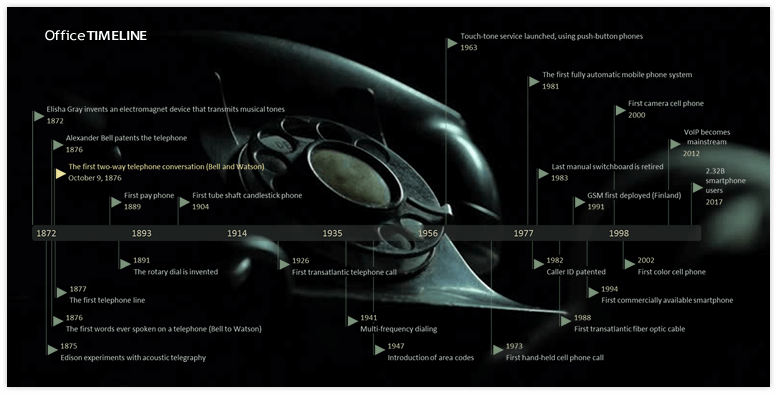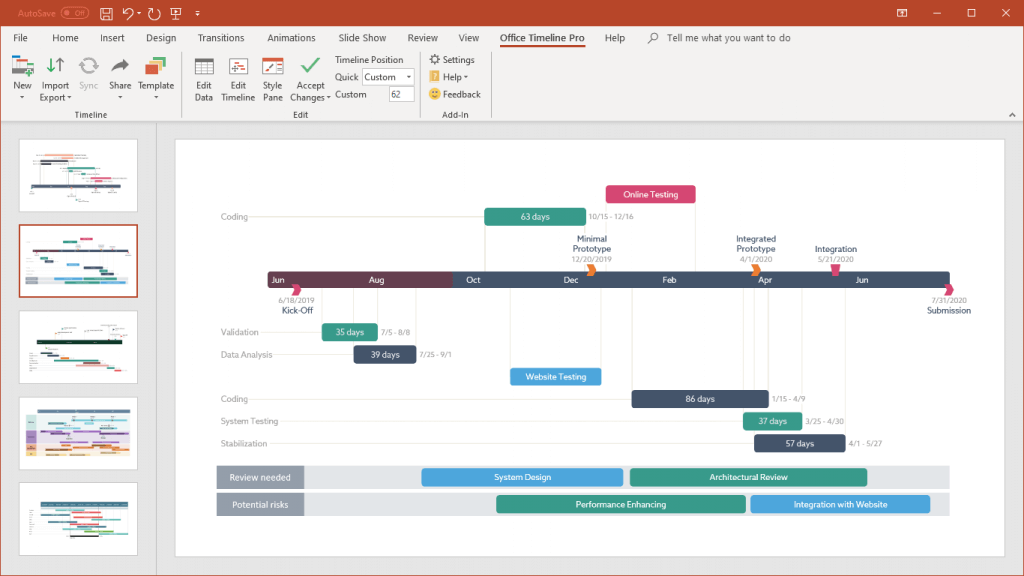
On this day in 1876, inventor Alexander Graham Bell demonstrated the first two-way long distance telephone conversation. The call was made between Boston and Cambridge and lasted for three hours, in a bid to convince people that the phone can be a useful communication tool and not just a pointless gadget, as it was seen then. At that time, the device was in its earliest stages of development and, up until the historic demonstration, it had carried only one-way calls, meaning one person could talk and the other could hear, but was unable to reply to the caller.
From an invention that barely interested anyone at first and was considered more of a toy, the telephone has grown to become a device most of us can’t live without nowadays. Let’s take a brief look at its history and see how it has evolved throughout the years.
The Telephone Evolution Timeline marks major developments and milestones in the history of the indispensable device, from the first phone call ever, the first two-way conversation, or the earliest pay phone, to the first smartphone and the adoption of VoIP services, among others.
At first, the early telephone models had no ringing system to signal incoming calls, so callers had to resort to rather absurd methods to initiate a phone conversation. When they wanted to communicate with another phone owner, they either shouted loudly in the mouthpiece or thumped on it with a pencil to draw their attention, which resulted in the diaphragm being broken quite often.
The Telephone Evolution chronology was created using Office Timeline, a Gantt chart and timeline maker that plugs right into PowerPoint and allows users to quickly build impressive graphics. To update the image or build similar visuals effortlessly, we recommend using the Plus edition of the PowerPoint add-in.
Download the Telephone Evolution Timeline for PowerPoint here.

Turn project data into professional timelines
Get the advanced features of Office Timeline Pro+ free for 14 days.
Get free trial